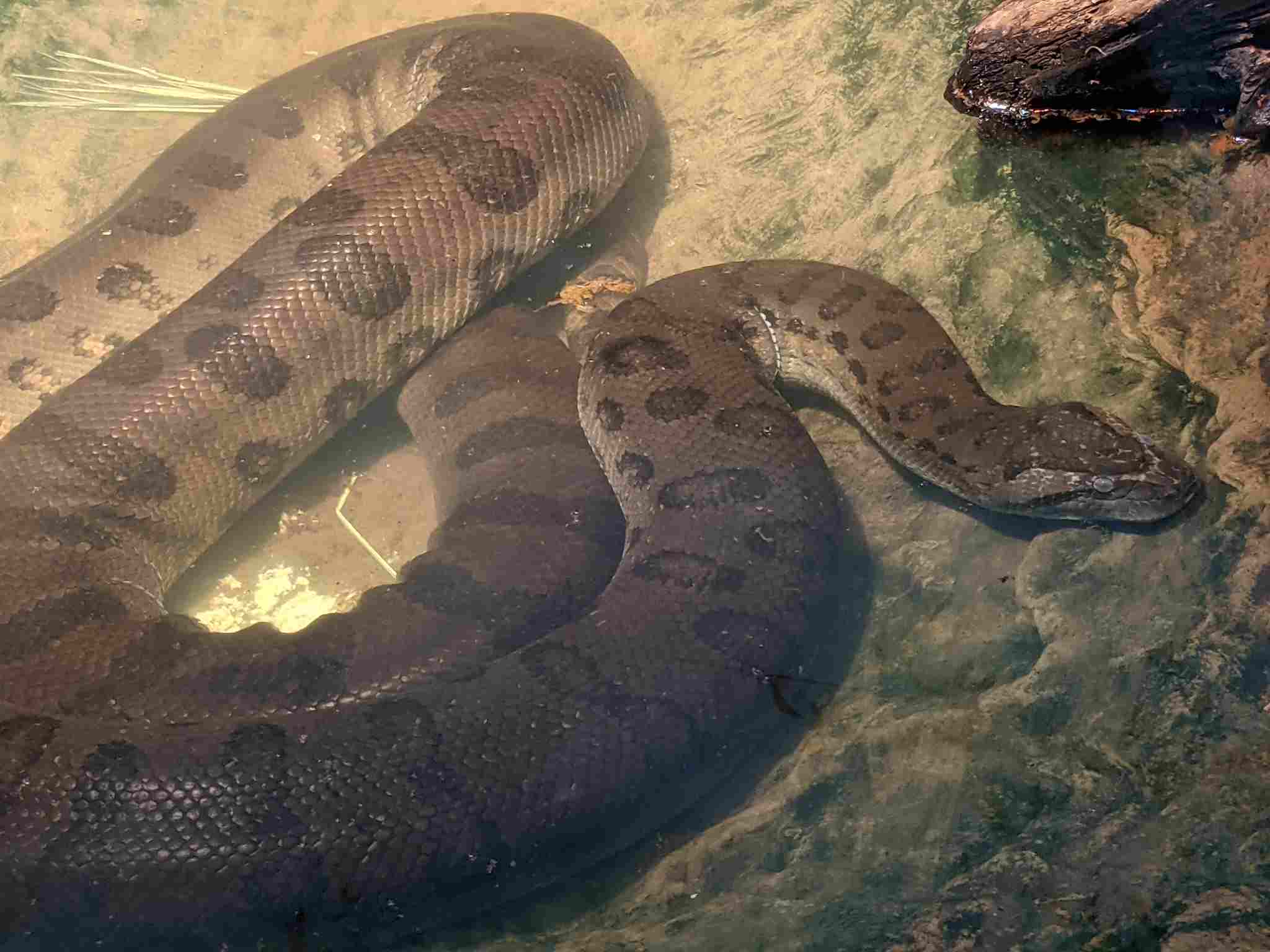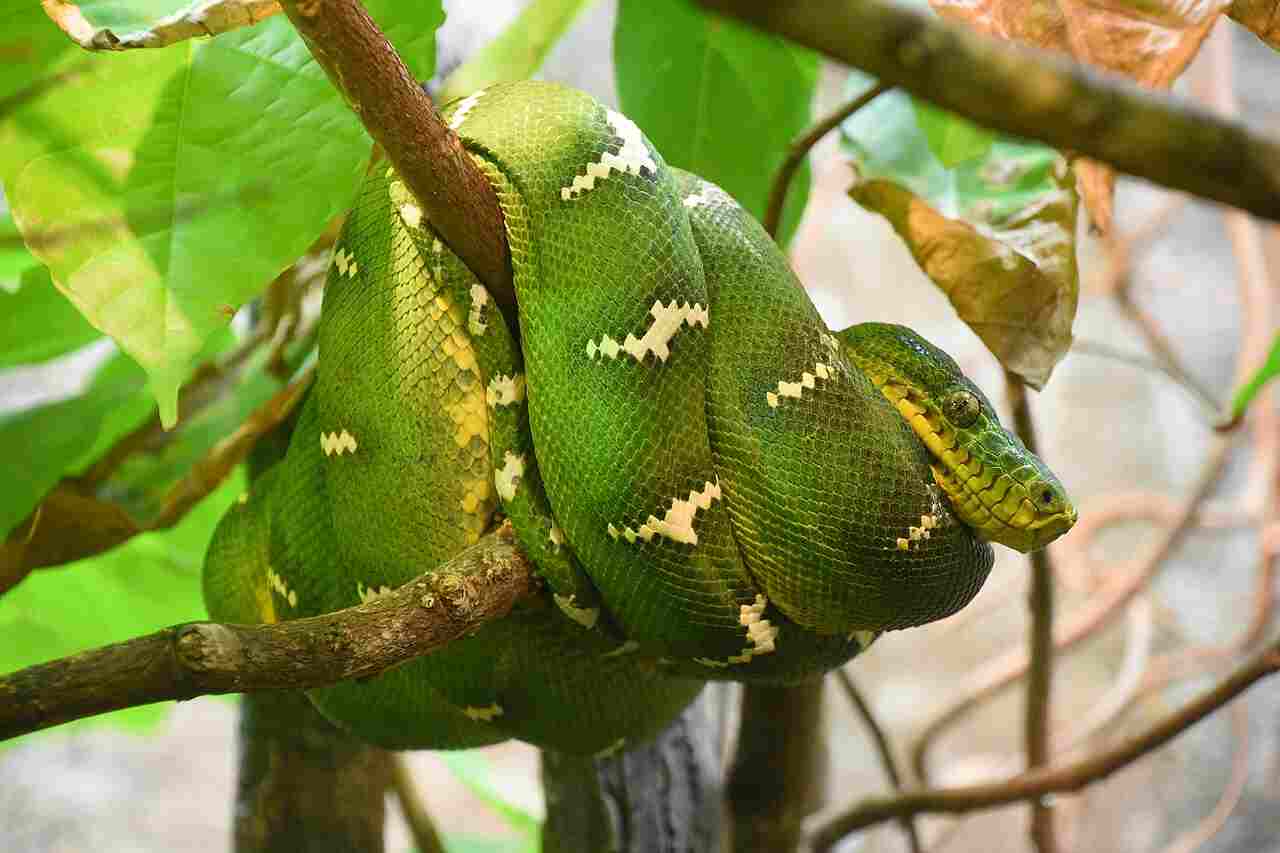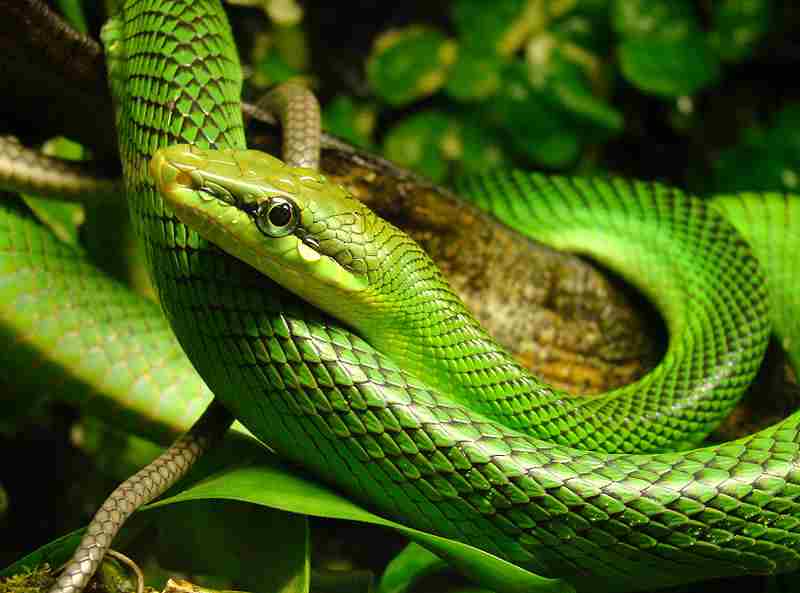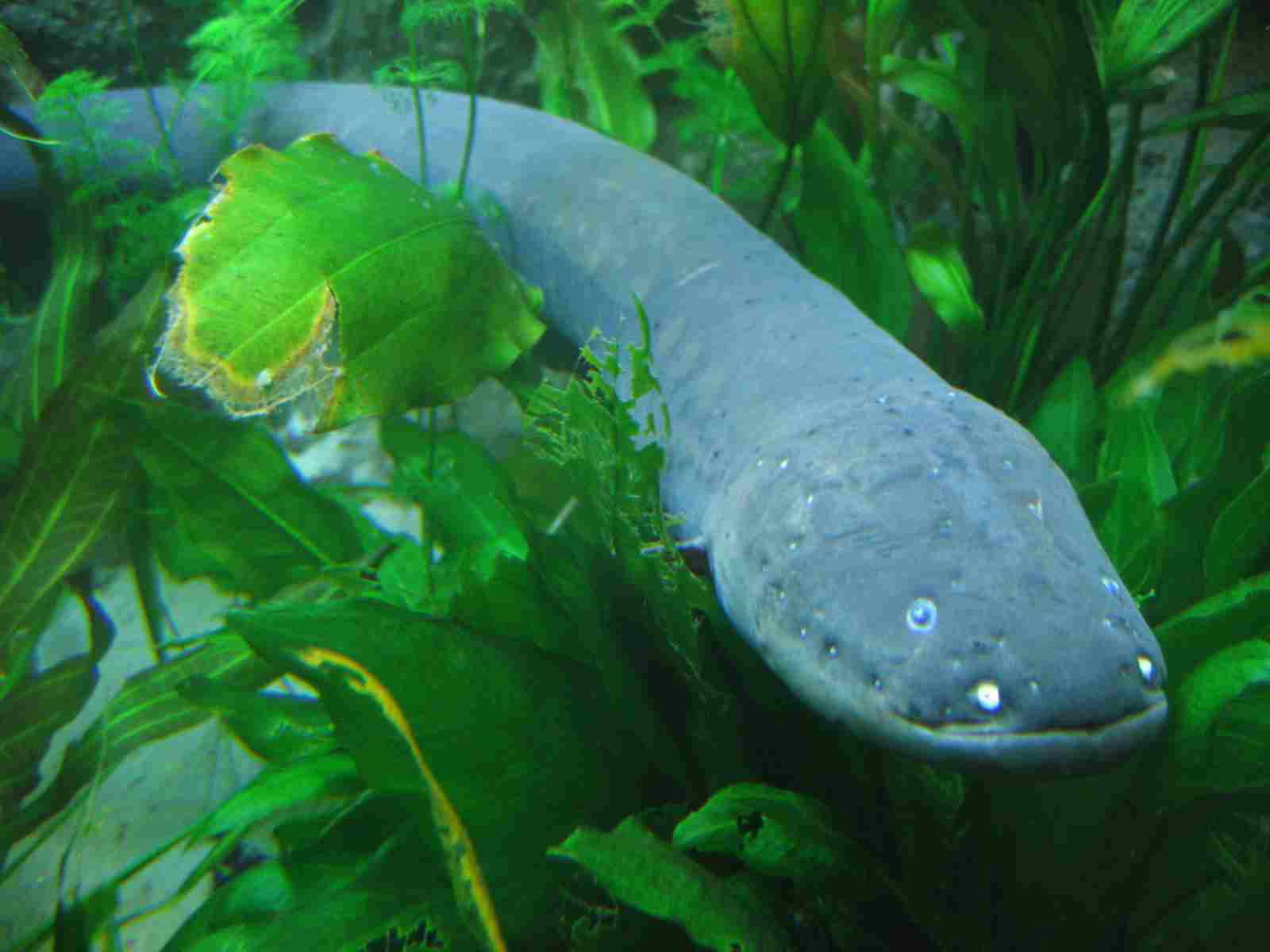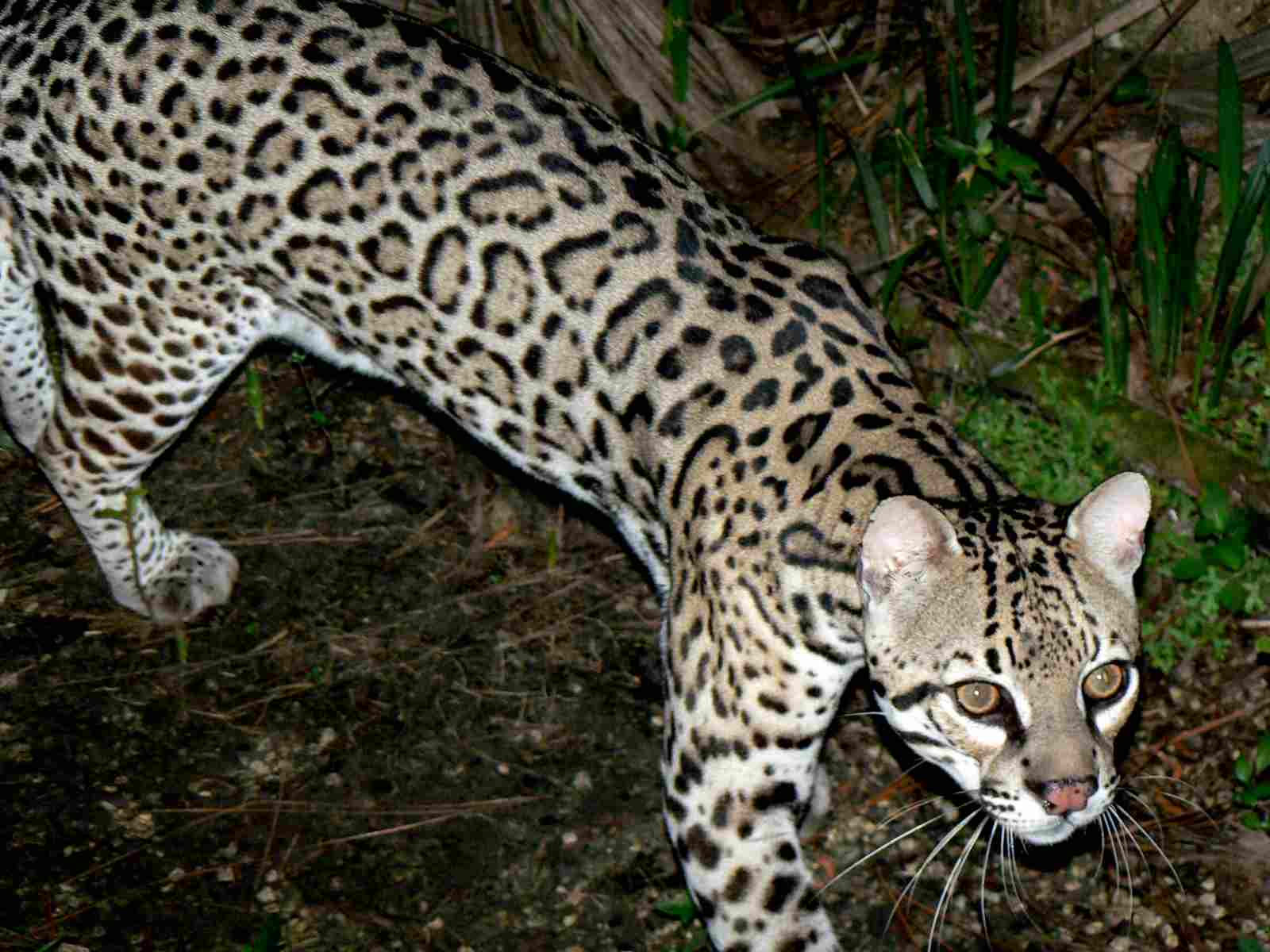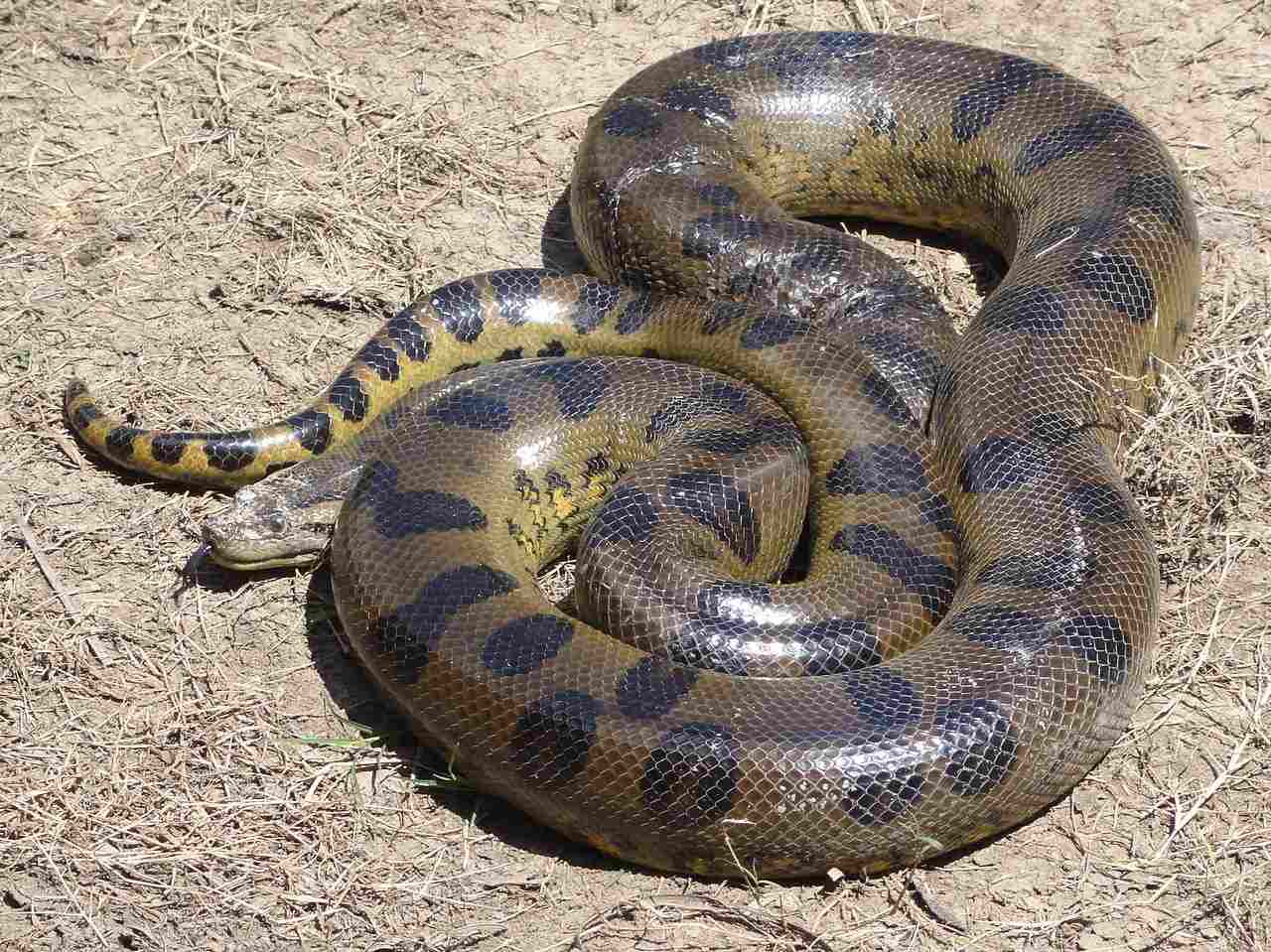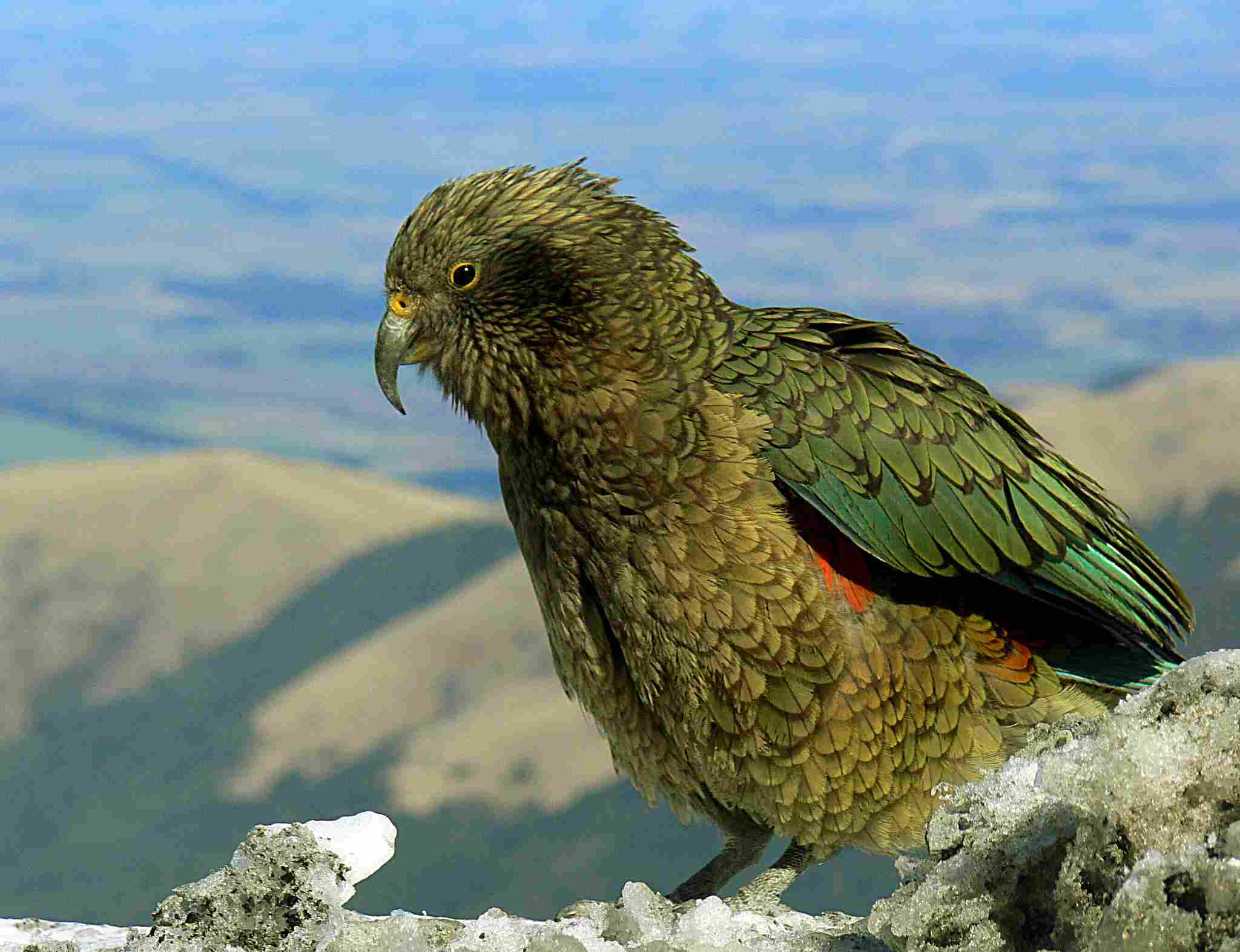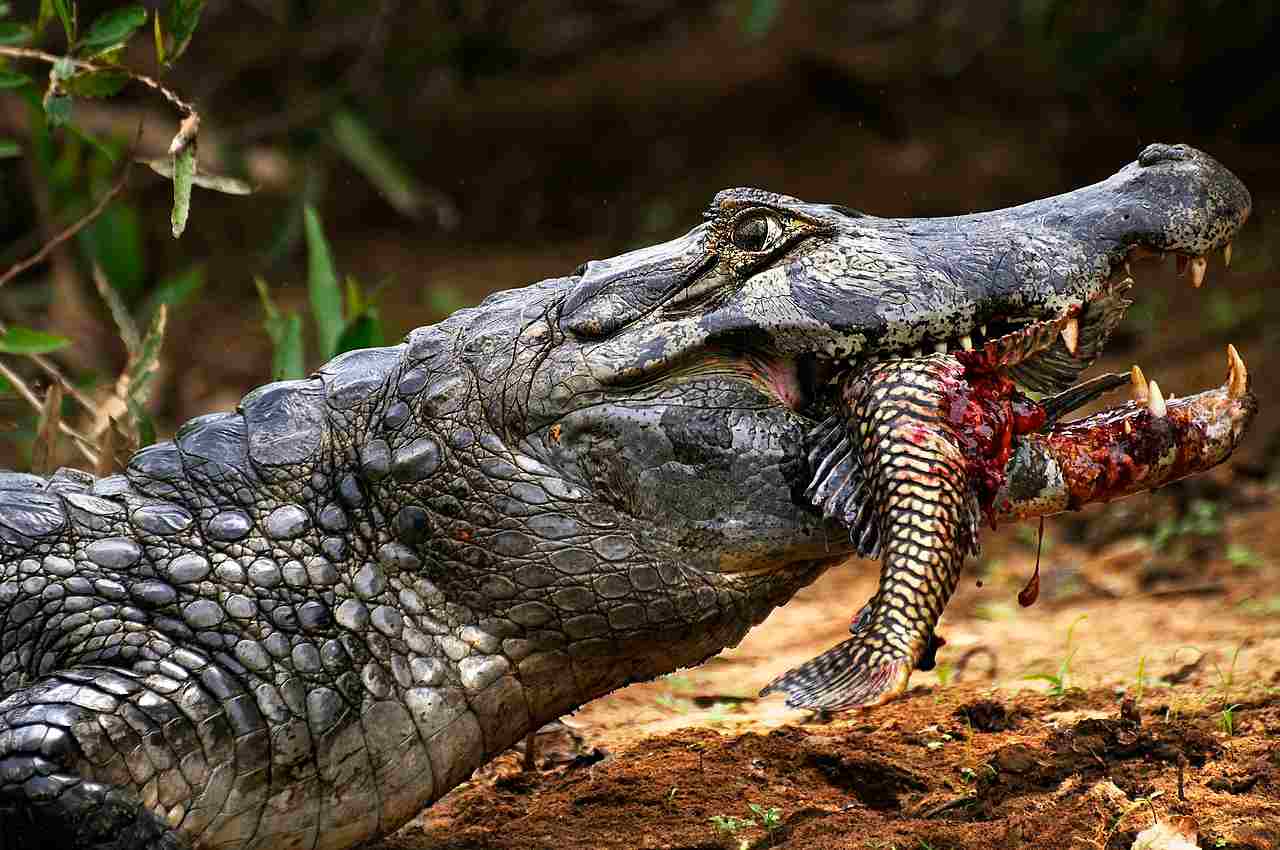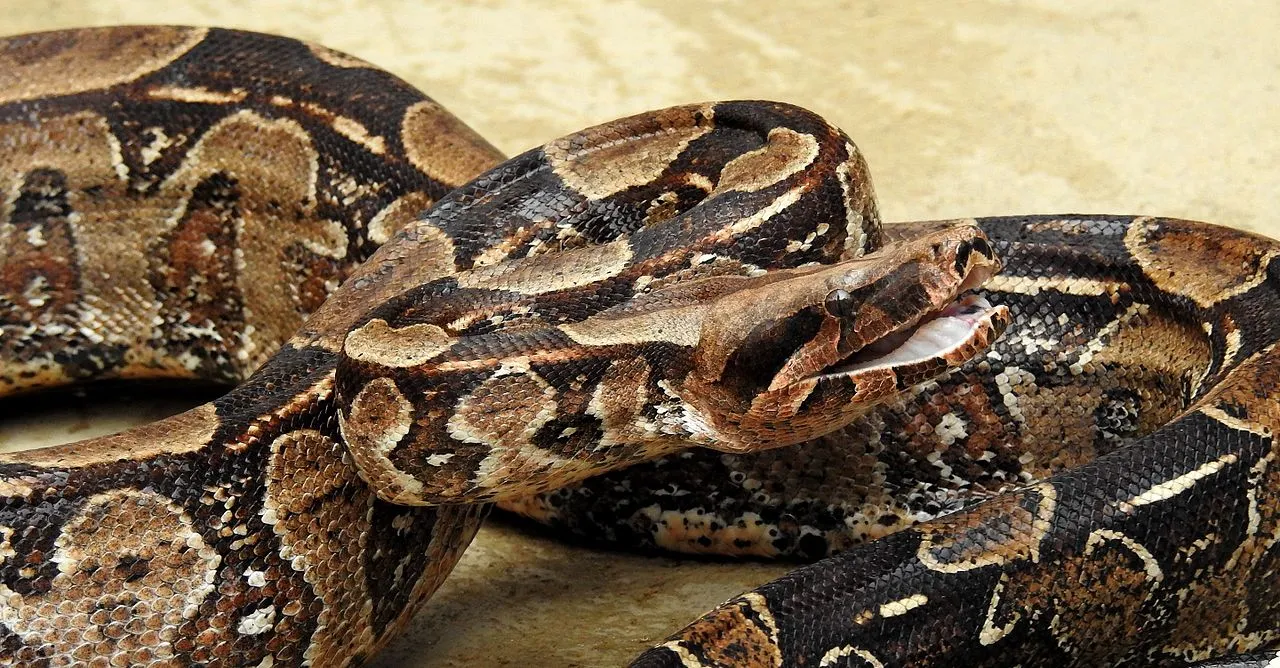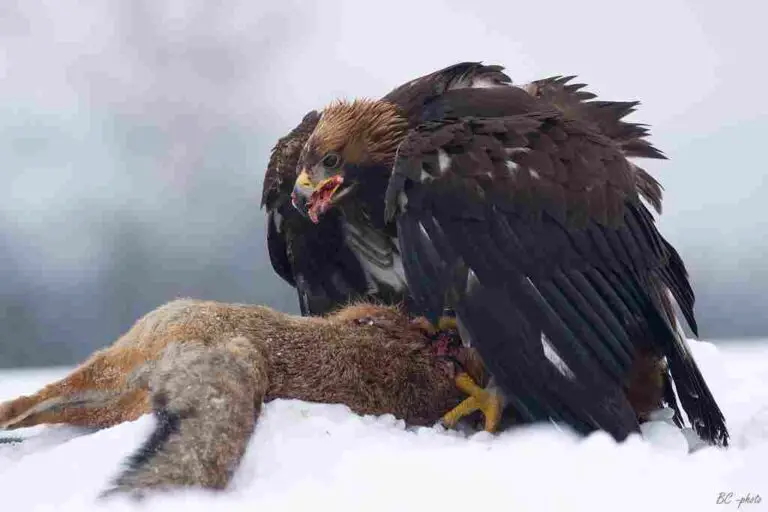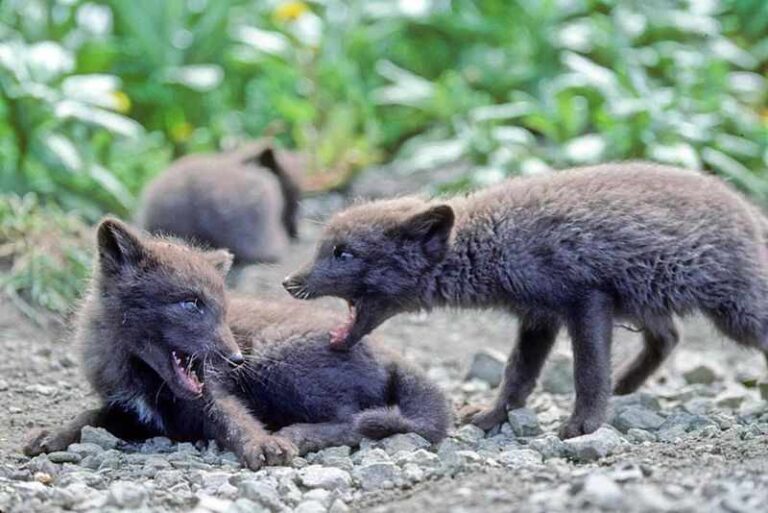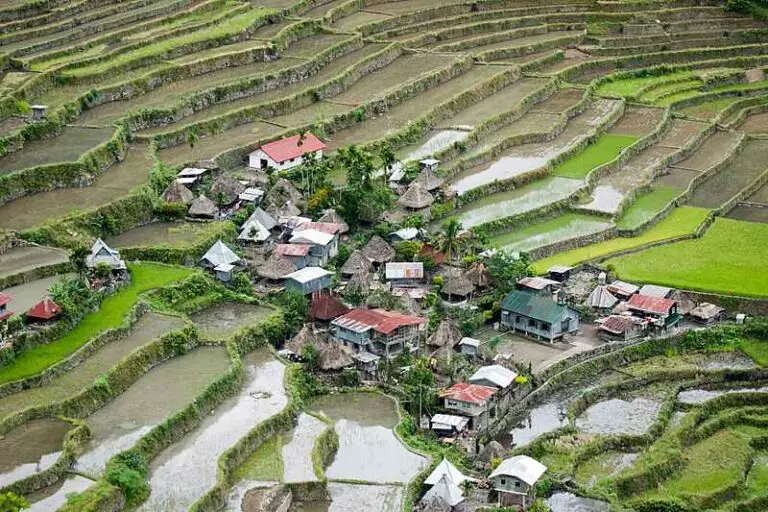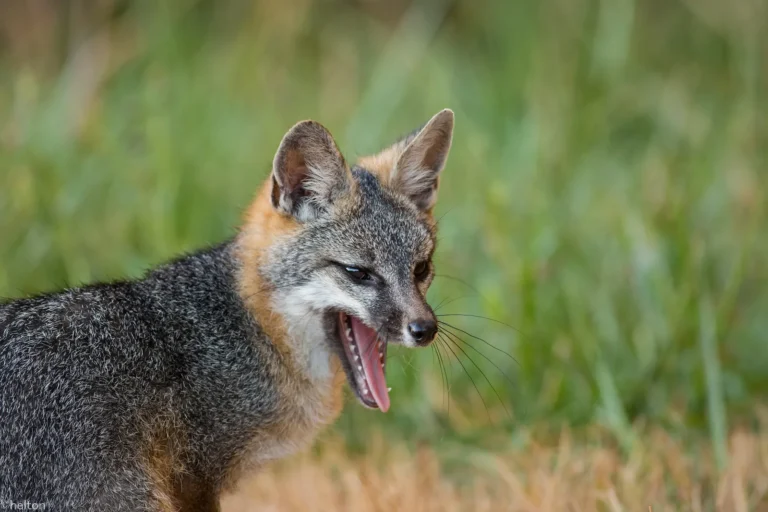5+ Top Predators In The Amazon Rainforest Ecosystem
Examples of top predators in the Amazon rainforest ecosystem are the Green Anaconda, Jaguar, Boa, Harpy Eagle, Black Caiman, Arapaima, and Giant Otter. These predators play crucial roles in maintaining the balance of their respective ecosystems, whether terrestrial or aquatic. They face various threats, including habitat loss, deforestation, overfishing, and human encroachment, requiring ongoing conservation efforts to ensure their survival and the health of the Amazon rainforest.
1. Green Anaconda
The Green Anaconda (Eunectes murinus) is one of the largest snakes in the world, dominating the swamps, rivers, and marshes of the Amazon rainforest. These massive reptiles can grow up to 30 feet in length and weigh over 500 pounds, making them formidable predators. Unlike most snakes, the Green Anaconda is primarily aquatic, allowing it to move stealthily through the water. It uses its incredible strength to constrict its prey, which can include a variety of large mammals, birds, and even other reptiles. The Green Anaconda’s diet is diverse, ranging from capybaras and deer to caimans and jaguars, depending on availability and opportunity.
Despite their fearsome reputation, Green Anacondas are generally not aggressive toward humans unless threatened. These snakes play a crucial role in maintaining the ecological balance in their environment, controlling the populations of their prey species. They are highly adapted to their swampy habitats, with powerful muscles for swimming and capturing prey, and their eyes and nostrils are positioned on top of their heads, allowing them to remain submerged while observing the surface. As apex predators, Green Anacondas are an essential part of the Amazon ecosystem, their presence indicating a healthy and functioning food chain.
2. Jaguar
The Jaguar (Panthera onca) is the largest cat species in the Americas and a top predator in the Amazon rainforest. Known for its power and agility, the jaguar is capable of taking down a wide range of prey, from small mammals to large ungulates like deer. Its distinctive coat, adorned with rosettes, provides excellent camouflage in the dense rainforest, allowing it to stalk its prey undetected. Jaguars are also excellent swimmers, often hunting in or near water, where they can catch fish, caimans, and even turtles.
As apex predators, jaguars play a critical role in regulating prey populations, helping to maintain the balance of the rainforest ecosystem. Their presence indicates a healthy environment, as they require large territories and abundant prey to thrive. However, jaguars are increasingly threatened by habitat loss and fragmentation due to deforestation and human encroachment. Conservation efforts are vital to ensure their survival and the continued health of the Amazon rainforest.
3. Boa
The Boa (Boa constrictor) is a large snake species found throughout the Amazon rainforest. Like the Green Anaconda, boas are constrictors, using their muscular bodies to squeeze and subdue their prey. These snakes can grow to lengths of over 10 feet and are highly adaptable, living in a variety of habitats within the rainforest, from the forest floor to the trees. Boas typically prey on small to medium-sized mammals and birds, and their ability to climb and swim allows them to access a diverse range of food sources.
Boas are known for their patient hunting style, often lying in wait for hours or even days before striking. This ambush technique makes them efficient predators in the dense rainforest environment. Despite their formidable appearance, boas generally avoid human contact and are not considered dangerous unless provoked. As with other large predators in the Amazon, habitat loss poses a significant threat to their populations, emphasizing the need for ongoing conservation efforts.
4. Harpy Eagle
The Harpy Eagle (Harpia harpyja) is one of the most powerful and largest eagles in the world, a true apex predator in the Amazon rainforest. With a wingspan that can reach up to 7 feet and powerful talons capable of crushing bones, the Harpy Eagle primarily preys on medium-sized mammals like sloths and monkeys. It is a highly specialized hunter, often targeting prey high in the rainforest canopy, where its strong wings and keen eyesight give it an advantage.
The Harpy Eagle’s presence in the Amazon indicates a well-functioning ecosystem, as it requires vast areas of undisturbed forest to find enough food and breed successfully. Despite its impressive abilities, the Harpy Eagle faces significant threats from deforestation and habitat fragmentation, leading to a decline in its population. Conservation initiatives aimed at protecting large tracts of rainforest are crucial for the survival of this majestic bird and the broader health of the Amazon ecosystem.
5. Black Caiman
The Black Caiman (Melanosuchus niger) is the largest species of caiman and one of the most formidable predators in the Amazon rainforest. Growing up to 16 feet in length, these reptiles are apex predators in aquatic environments, preying on a variety of fish, birds, and small mammals. Their dark coloration helps them blend into the murky waters of the Amazon’s rivers and swamps, where they often lie in wait to ambush their prey.
Black Caimans play a crucial role in maintaining the balance of the Amazon’s aquatic ecosystems. They help control fish populations and act as indicators of a healthy environment. However, they were once heavily hunted for their skins, leading to a significant decline in their numbers. Conservation efforts have since helped their populations rebound, but they continue to face threats from habitat loss and human activities. Protecting the Black Caiman is essential to preserving the health of the Amazon’s waterways.
6. Arapaima
The Arapaima (Arapaima gigas) is one of the largest freshwater fish in the world and a top predator in the Amazon rainforest’s rivers and lakes. Reaching lengths of over 10 feet and weights exceeding 400 pounds, the Arapaima has a formidable presence in its environment. It is a surface-breathing fish, requiring regular trips to the water’s surface to gulp air. This unique adaptation allows it to thrive in oxygen-poor waters where other fish struggle to survive.
Arapaima are known for their powerful bursts of speed, which they use to catch prey, typically smaller fish, but sometimes also small mammals and birds. Their size and strength make them a dominant force in the aquatic ecosystems of the Amazon. However, overfishing and habitat degradation pose significant threats to their populations. Sustainable fishing practices and habitat conservation are key to ensuring the continued survival of the Arapaima and the health of the ecosystems they inhabit.
7. Giant Otter
The Giant Otter (Pteronura brasiliensis) is the largest otter species in the world and a top predator in the Amazon rainforest’s rivers and lakes. With a body length of up to 6 feet, these social animals live in family groups and are known for their playful behavior and vocal communication. Giant Otters are highly effective hunters, preying primarily on fish, but they also eat crabs, small caimans, and even anacondas. They have powerful jaws and sharp teeth, allowing them to catch and consume a wide variety of prey.
Giant Otters play a significant role in the Amazon’s aquatic ecosystems by controlling fish populations and influencing the structure of the food web. However, they are considered endangered due to habitat loss, pollution, and hunting. The loss of riverbank habitats and contamination from mining and agriculture have led to a decline in their numbers. Conservation efforts focused on protecting waterways and reducing pollution are critical to preserving the Giant Otter and the ecosystems it helps maintain.
*Summary
-
Green Anaconda: One of the largest snakes; primarily aquatic; uses constriction to subdue prey; plays a role in ecological balance.
-
Jaguar: The largest cat in the Americas; powerful swimmer; apex predator; threatened by habitat loss.
-
Boa: Large constrictor; ambush predator; highly adaptable; threatened by habitat loss.
-
Harpy Eagle: One of the largest eagles; hunts medium-sized mammals; indicates a well-functioning ecosystem; faces threats from deforestation.
-
Black Caiman: Largest caiman; apex predator in aquatic environments; faced heavy hunting; recovering due to conservation.
-
Arapaima: One of the largest freshwater fish; surface breather; threatened by overfishing and habitat degradation.
-
Giant Otter: Largest otter; social and effective hunter; endangered due to habitat loss, pollution, and hunting.
| Predator | Description |
| Green Anaconda |
Largest snake; aquatic; constriction; role in ecological balance
|
| Jaguar |
Largest cat in the Americas; swimmer; apex predator; threatened by habitat loss
|
| Boa |
Large constrictor; ambush predator; adaptable; threatened by habitat loss
|
| Harpy Eagle |
Large eagle; hunts medium-sized mammals; indicator of healthy ecosystem; threatened by deforestation
|
| Black Caiman |
Largest caiman; apex predator in aquatic environments; recovering due to conservation
|
| Arapaima |
Large freshwater fish; surface breather; threatened by overfishing and habitat degradation
|
| Giant Otter |
Largest otter; social and effective hunter; endangered due to habitat loss, pollution, hunting
|
